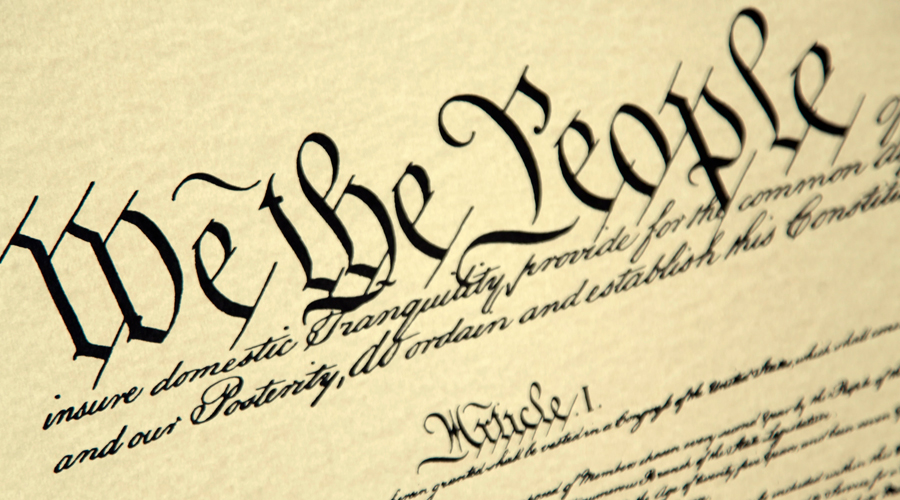The Constitution of the United States was signed in September 1787. Here are some things you may not have known.
1. The Constitution is the supreme law of the United States. The original document is made up of the preamble that begins “We the people” and seven articles that took effect in 1789 and establish the nation’s system of government. The Constitution also contains 27 amendments added from 1791-1992. The first 10, also known as the Bill of Rights, establish the rights guaranteed to the American people. The remaining amendments expand on the original document — including amendments that reflect society’s changing values, such as ending slavery and the establishment and repeal of Prohibition.
2. George Washington and James Madison were the only presidents who signed the Constitution. Two more future presidents weren’t present when the document was signed: John Adams was serving as ambassador to Great Britain, while Thomas Jefferson was serving as ambassador to France. Meanwhile, six men signed both the Declaration of Independence and the Constitution: George Clymer, Robert Morris, George Read, Roger Sherman, James Wilson and America’s first Postmaster General, Benjamin Franklin.
3. The Constitution established the Electoral College. Wilson originally proposed the president be chosen by popular vote, but the men who wrote the constitution agreed on the Electoral College system instead. Although there have been 500 proposed amendments to change it, this “indirect” system of electing the president is still intact.
4. The United States looked much different when the Constitution was created. The population in 1790 was 3.9 million, compared to about 327 million residents today. There were about 217,000 Revolutionary War veterans, compared with about 18 million U.S. veterans today.
5. The word “democracy” does not appear in the Constitution. Other surprising facts: Latin is the only other language to appear in the Constitution; the Constitution is the oldest and shortest written constitution of any national government in the world; and the Constitution doesn’t require that the speaker of the U.S. House of Representatives be a House member, although a nonmember has never been chosen speaker.
